W is for William III – William of Orange
A contribution to the #AtoZchallenge 2024
King William III of England, also known as William of Orange, was a significant figure in European history during the late 17th century.
Early Life and Background
In the Early Modern Period and well into the 19th century, marriages among members of the upper echelons of European society was a highly political matter. Alliances between powerful royal families were forged, either to secure peace or to expand a nation’s domain. Thus it was that the Dutch William II of Orange married Mary, the daughter of King Charles I of England. Their only son, William, became Prince of Orange at his birth, as his father had recently died. William III received a Calvinist education, which strongly influenced his religious and political motives.
Stadtholder of the Dutch Republic
William became Stadtholder (chief executive) of the Dutch Republic in 1672, during a period of crisis known as the Disaster Year. He demonstrated exceptional military skill and strategic acumen during the Franco-Dutch War (1672–1678), leading Dutch forces to several key victories against the French army and negotiating the compromise peace Treaty of Nijmegen in 1678.
As Stadtholder, William wielded significant political influence. He worked to strengthen the federal government and centralize power. William also engaged in diplomacy with England, Spain, and the Holy Roman Empire, among others. His efforts helped to secure the Dutch Republic’s position as a major European power and laid the groundwork for its continued prosperity and influence in the years to come.
Glorious Revolution
In 1677, William married his cousin Mary, the eldest daughter of King James II of England. The marriage formed an alliance between the Dutch Republic and England and strengthened William’s position as a European leader.
In 1688, English nobles invited William and Mary to invade England and overthrow the Catholic King James II, who was perceived as a threat to Protestantism and parliamentary sovereignty. The invasion, known as the Glorious Revolution, was successful. King James fled to France and William and Mary were crowned joint monarchs of England, Scotland, and Ireland.
King William III
As king, William III pursued policies aimed at strengthening Protestantism and limiting the power of the monarchy in favor of parliamentary rule. His reign saw the passage of the Bill of Rights in 1689, which affirmed the supremacy of Parliament and established important constitutional principles. One key aspect was to affirm the principle of religious toleration by guaranteeing freedom of worship to Protestant nonconformists, such as Baptists, Quakers, and Presbyterians, who were previously persecuted for their beliefs.
William III also played a leading role in European affairs, particularly in the War of the Grand Alliance against France, which aimed to contain the expansionist ambitions of Louis XIV. Overall, William III of England was a skilled statesman and military leader whose actions had a profound impact on the course of European history. His legacy as a defender of Protestantism and parliamentary rule endures to this day.
In the historical novel ‘Greet Suzon for me’, after the Huguenot Gédéon helps his family escape from France and settle in Jersey, he is sent on a clandestine mission to London and meets King William III. The book is due to be published in 2025.
Here are all the A-Z posts: A B C D E F G H I J K L M N O P Q R S T U V W X Y Z
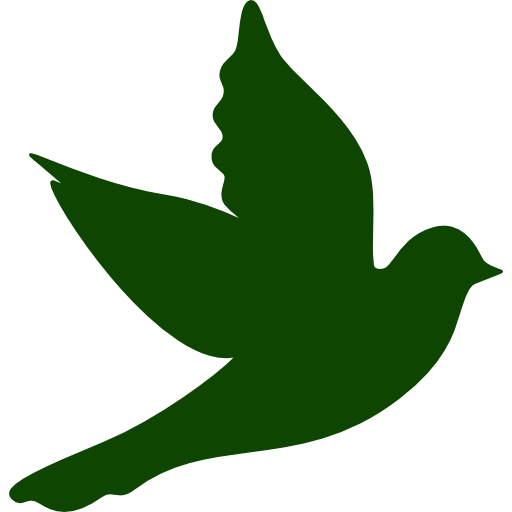
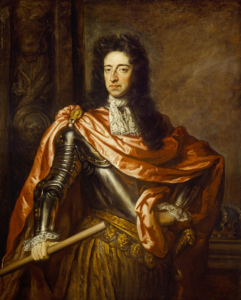


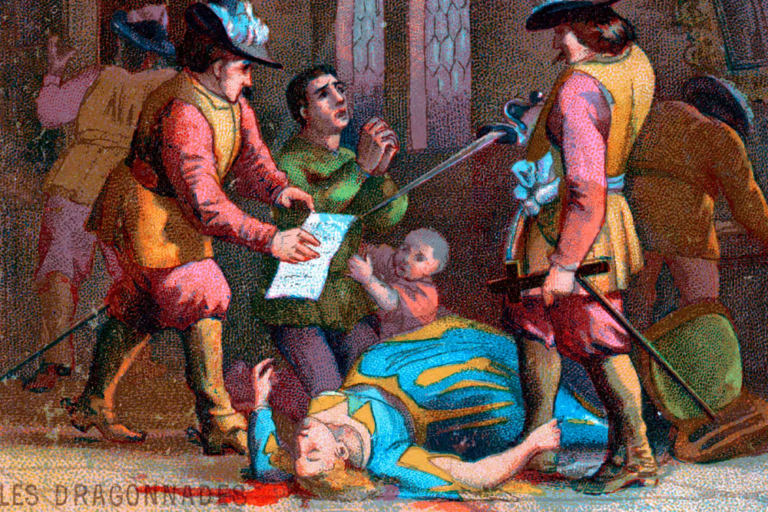
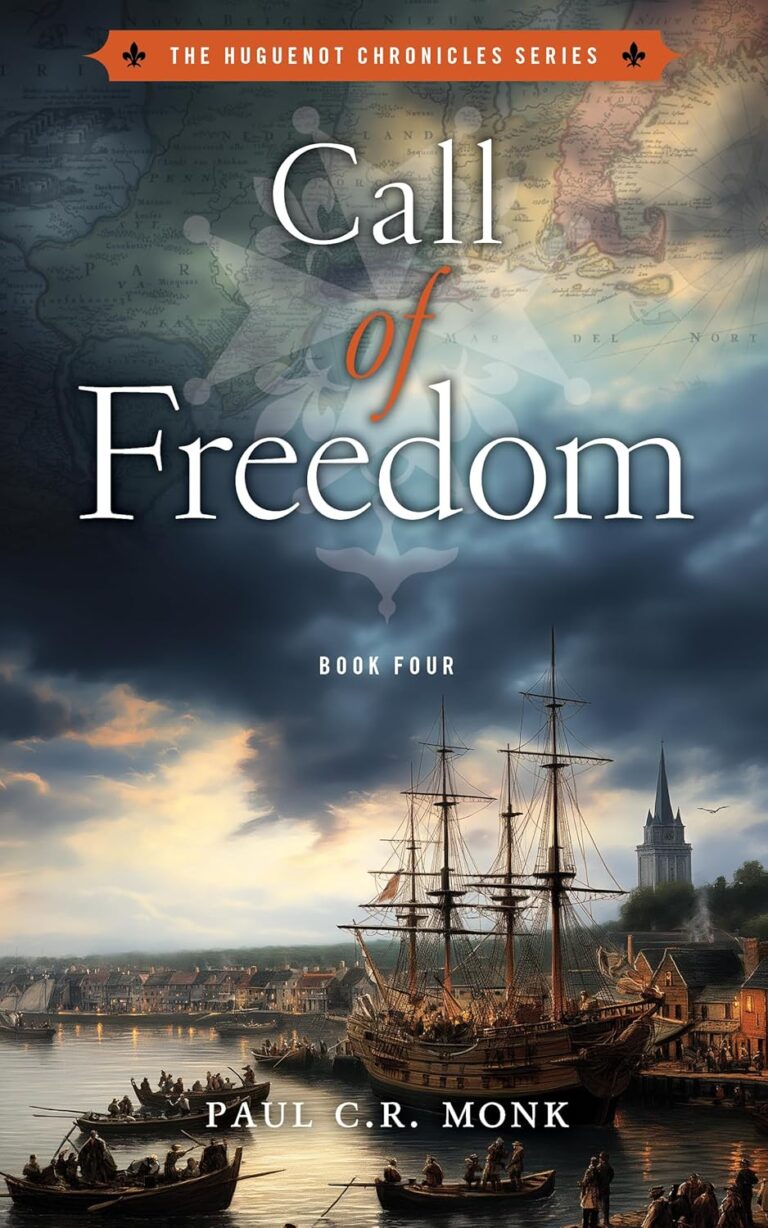
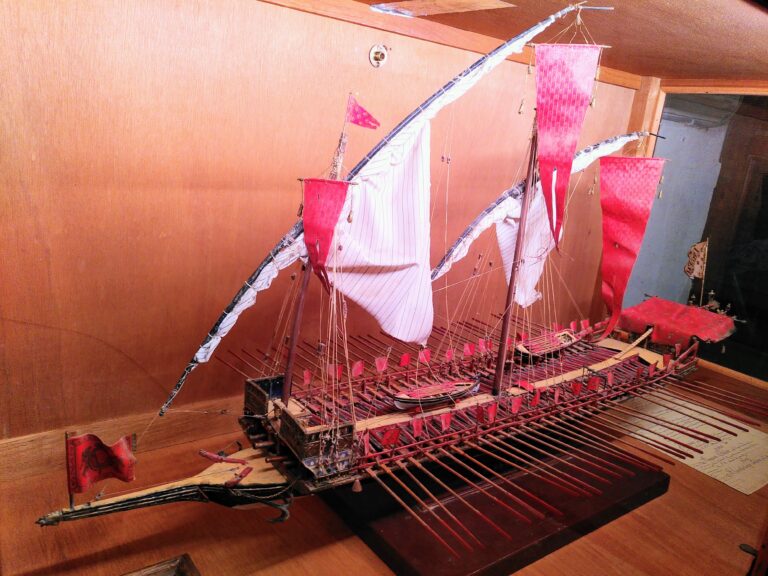
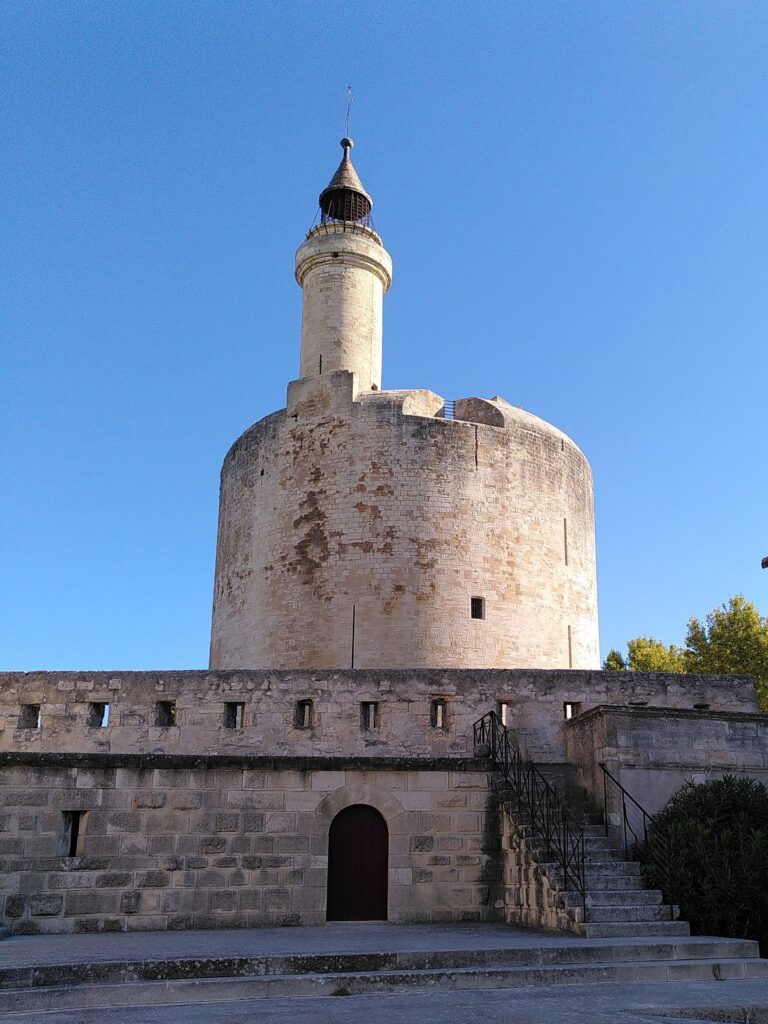
Someone asked, “Why is he ‘of Orange’?”
The explanation is strange: William III inherited the title “of Orange” because he was the Prince of Orange-Nassau by birthright. The House of Orange-Nassau originated from the historical region of Orange in what is now southern France, and later expanded its influence to include the Dutch Republic.
These days, “Orange Day parades” in Northern Ireland commemorate William III’s victory over the Catholic King James II at the Battle of the Boyne in 1690, and express loyalty to the British monarchy and the Protestant faith.
The Dutch national football team wears orange because it is the color traditionally associated with the Dutch royal family, the House of Orange-Nassau.